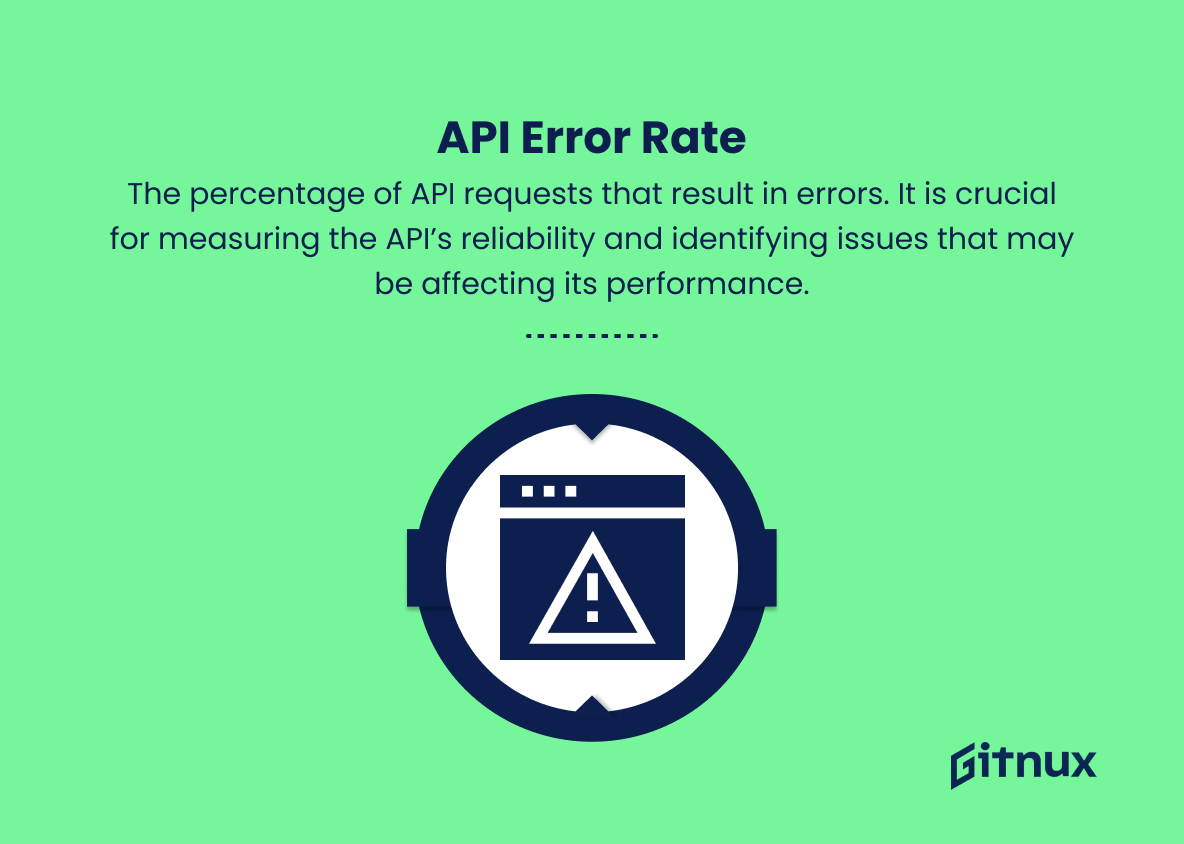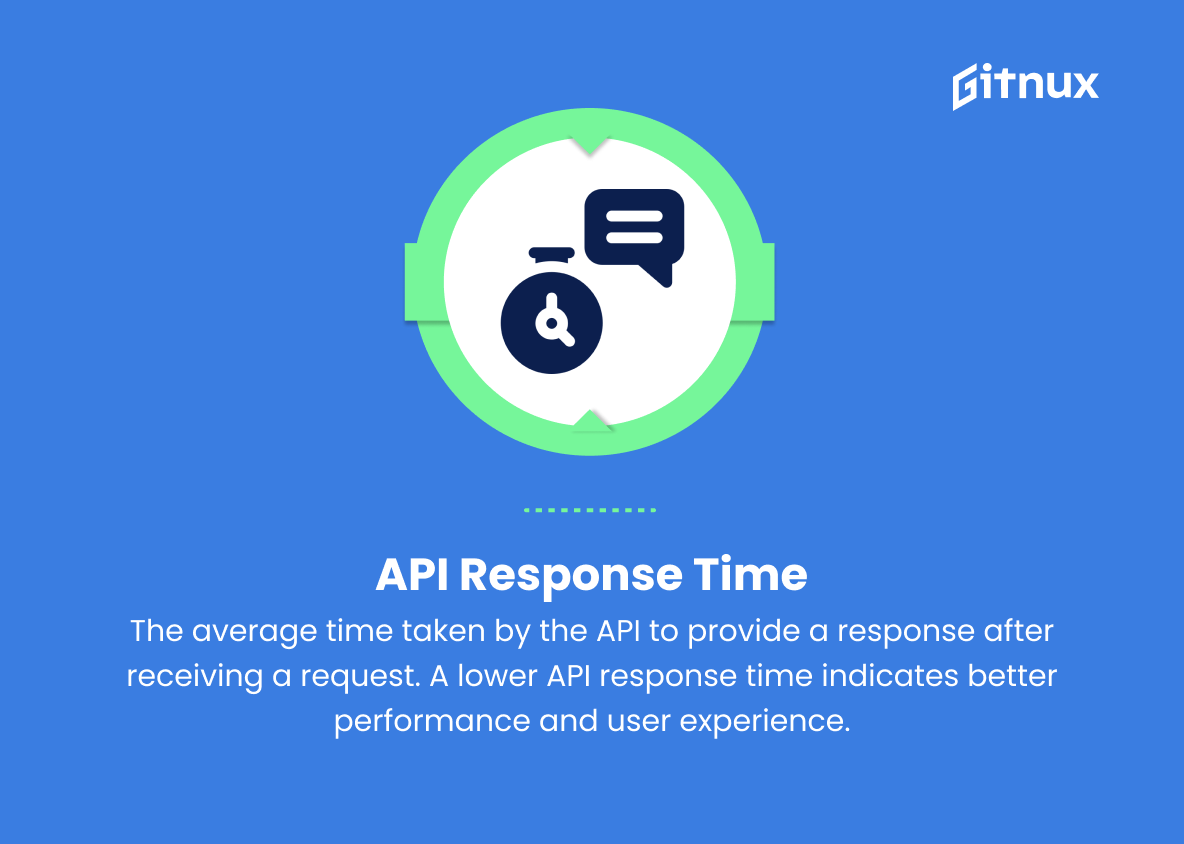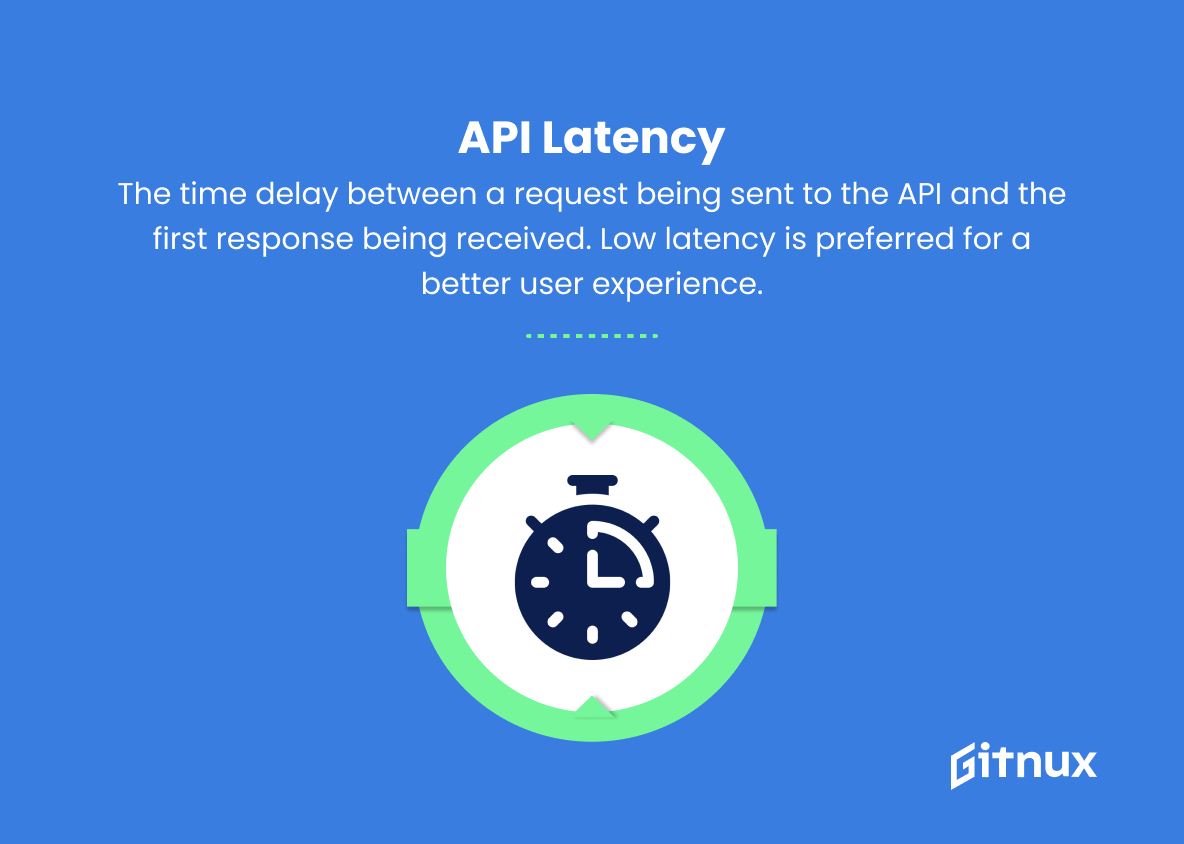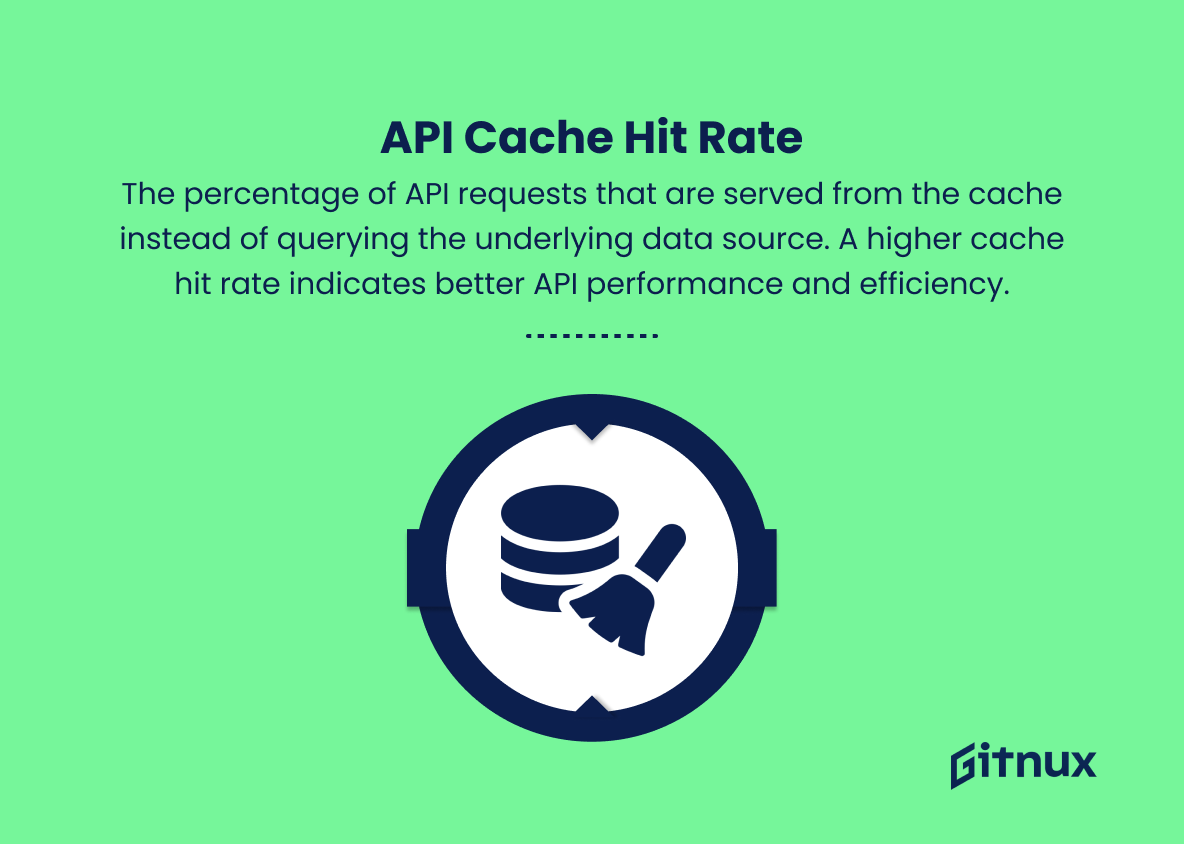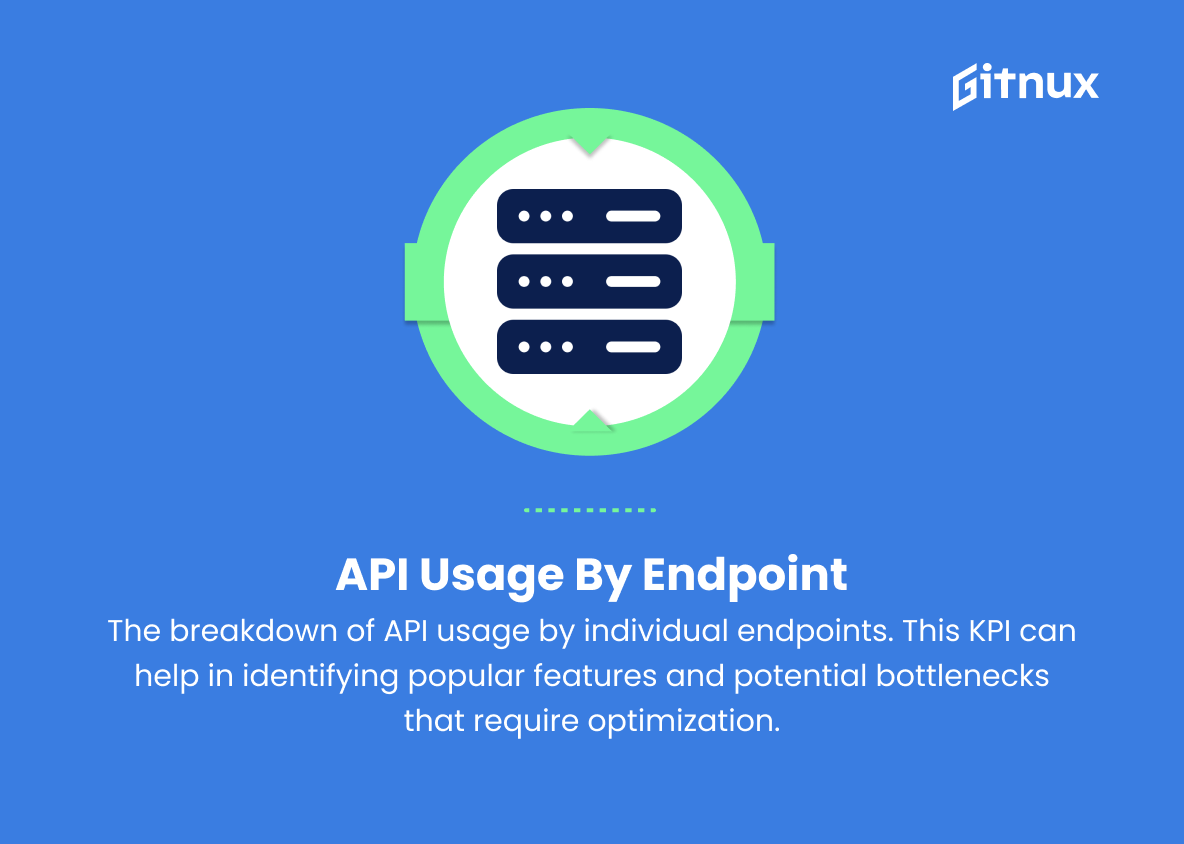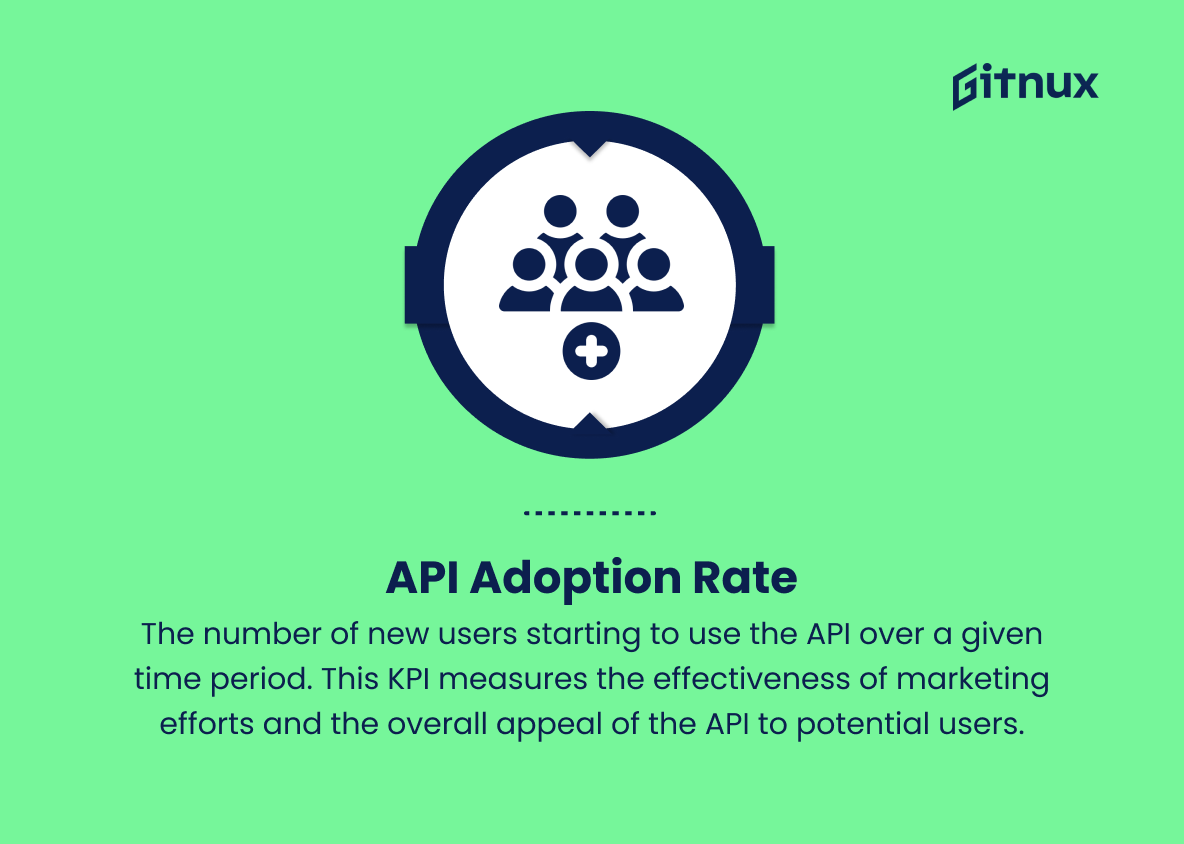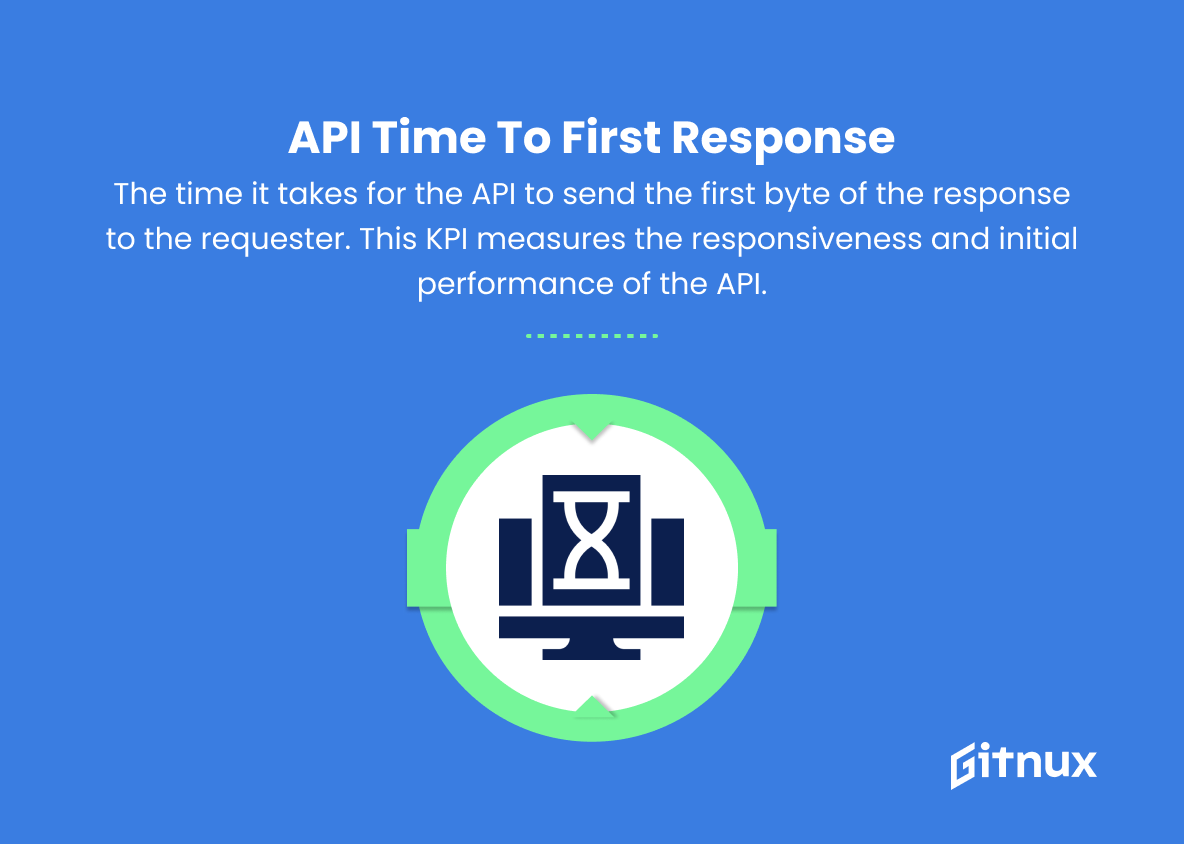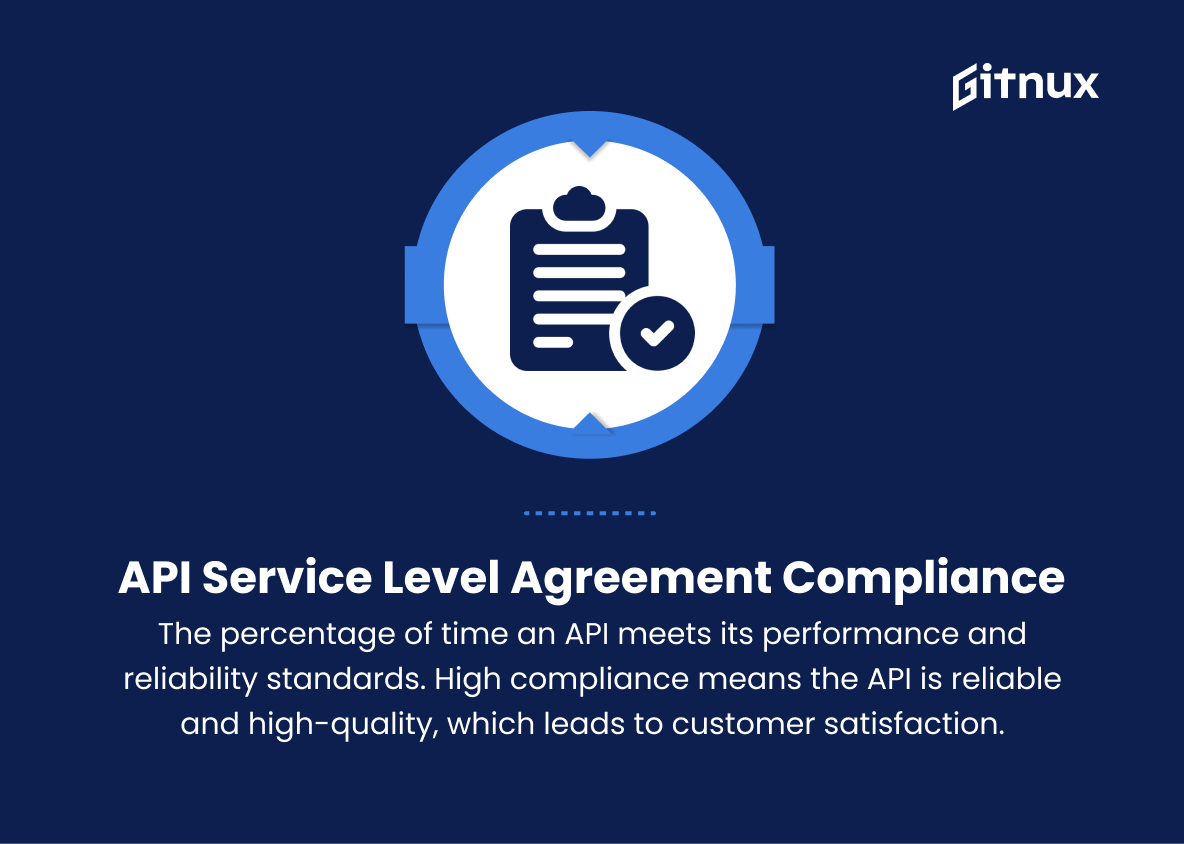In today’s rapidly evolving digital landscape, businesses must continuously adapt and refine their strategies to stay ahead of the curve. With an ever-growing reliance on Application Programming Interfaces (APIs) to drive innovation and streamline operations, measuring the performance of these vital tools has become a pressing priority for organizations in all industries.
In this blog post, we delve into the world of API Key Performance Indicators (KPIs), shining light on the critical metrics that can help gauge the success of your API integration efforts. As we explore the most pertinent KPIs, we will demonstrate how these invaluable insights can empower your company to optimize its API strategy, enhance user experiences, and ultimately, drive sustainable growth.
API KPIs You Should Know
1. API Request Volume
The total number of API requests made during a specific period. This KPI helps in understanding the popularity and usage of the API.
2. API Error Rate
The percentage of API requests that result in errors. It is crucial for measuring the API’s reliability and identifying issues that may be affecting its performance.
3. API Response Time
The average time taken by the API to provide a response after receiving a request. A lower API response time indicates better performance and user experience.
In today’s rapidly evolving digital landscape, businesses must continuously adapt and refine their strategies to stay ahead of the curve.4. API Availability
The percentage of time the API is operational and available to users. High availability is necessary for a dependable and seamless user experience.
5. API Throughput
The number of successful API requests processed per unit of time, usually in requests per second. This KPI measures the API’s capability to handle workload under different traffic conditions.
6. API Latency
The time delay between a request being sent to the API and the first response being received. Low latency is preferred for a better user experience.
7. API Error Distribution
The distribution of different types of errors occurring in the API during a specific period. This KPI helps in diagnosing and prioritizing issues that need to be fixed.
8. API Cache Hit Rate
The percentage of API requests that are served from the cache instead of querying the underlying data source. A higher cache hit rate indicates better API performance and efficiency.
9. API Usage by Endpoint
The breakdown of API usage by individual endpoints. This KPI can help in identifying popular features and potential bottlenecks that require optimization.
Key Performance Indicators (KPIs) for APIs play a crucial role in measuring and optimizing performance, reliability, and overall user experience.10. API Retention Rate
The percentage of users who continue to make requests to your API over time. A high retention rate indicates that your API provides value to its users, promoting long-term engagement and loyalty.
11. API Adoption Rate
The number of new users starting to use the API over a given time period. This KPI measures the effectiveness of marketing efforts and the overall appeal of the API to potential users.
12. API Time to First Response
The time elapsed from when the API receives a request to when the requester receives the first part of the response. This KPI helps in assessing the responsiveness and initial performance of the API.
13. API SLA (Service Level Agreement) Compliance
The percentage of time an API meets the predefined performance and reliability standards set in SLAs. High compliance reflects a reliable and high-quality API, ensuring customer satisfaction.
API KPIs Explained
Key Performance Indicators (KPIs) for APIs play a crucial role in measuring and optimizing performance, reliability, and overall user experience. Factors such as API request volume, error rate, response time, availability, throughput, latency, error distribution, cache hit rate, usage by endpoint, retention rate, adoption rate, time to first response, and SLA compliance all contribute to understanding the API’s effectiveness in delivering value to its users.
These KPIs help developers identify trends, diagnose issues, and prioritize improvements. Furthermore, they provide insights into the API’s popularity, marketing success, and overall appeal to both new and existing users. Ultimately, monitoring and analyzing API KPIs lead to better decision-making, improved reliability, and a more satisfying user experience.
Conclusion
In essence, API KPIs serve as powerful tools to measure the performance, scalability, and reliability of your API solutions. To optimize your API strategy and ensure it aligns with your business objectives, regularly monitoring and evaluating these key performance indicators is crucial.
By leveraging the insights gained from API KPIs, businesses can streamline their operations, enhance user experience, and ultimately foster innovation and growth. Remember, a well-managed API ecosystem can set the foundation for enduring success in the ever-evolving digital landscape.

